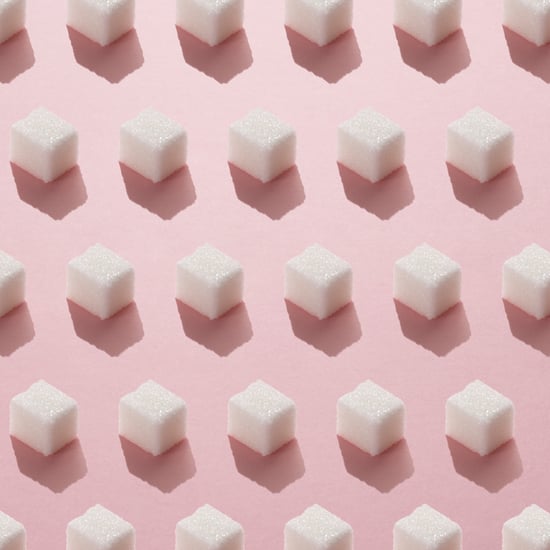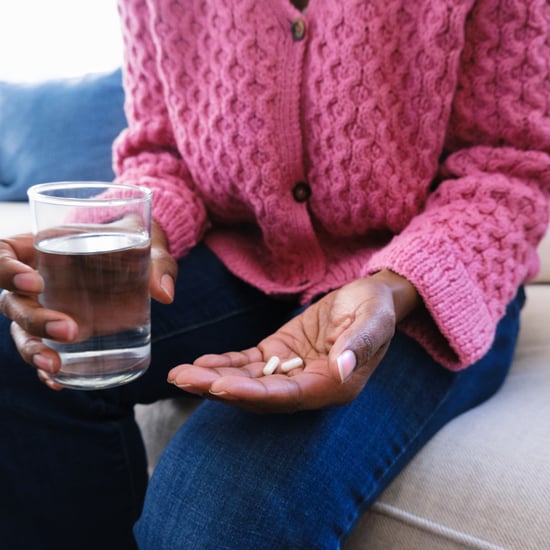Best Ways to Whiten Teeth at Home
Pens vs. Strips vs. Charcoal: Here's What Whitens Teeth the Best

Navigating the teeth-whitening ads on my Instagram is always overwhelming. From pens to strips to charcoal powders, each product boasts pearly whites beyond what you've ever experienced.
With all the different formulas and techniques to choose from, I'm dedicated to uncovering the one over-the-counter whitening method that reigns supreme — and Caroline Girard, DDS, the owner of Beverly Hills Whitening, is here to help.
Ahead, she's breaking down the most popular over-the-counter whitening methods, so you (and I!) have more clarity on what's worth shopping.
Before diving in, though, here are a few quick tips.
Out of all the methods, Girard recommends looking for whitening treatments that contain carbamide peroxide, hydrogen peroxide, and hydremide peroxide for the best results. Do your research to make sure the manufacturer is reputable to avoid using an acidic whitening gel that can damage teeth, too.
And remember, the most effective way to whiten your teeth is through a professional treatment, says Girard. But, even when going the at-home route, it's always best to talk to your dentist before trying new products.
Charcoal Powder and Toothpaste
Although charcoal powder and toothpaste can be the most affordable teeth-whitening option, Girard says that they generally do not lighten your teeth's colour.
"Charcoal powder and toothpaste are very abrasive (gritty), so they can help teeth appear lighter by scrubbing stains off the surface of the tooth better than less gritty, traditional toothpaste," she explains.
Girard warns that using charcoal toothpaste for an extended period can wear away the enamel, which can eventually cause increased tooth sensitivity.
Whitening Strips
Out of all the over-the-counter teeth-whitening methods, Girard believes that whitening strips are the most effective and safe.
"Whitening strips contain some active form of hydrogen peroxide that will chemically react with the tooth. This reaction breaks apart stain molecules inside the tooth called chromogens," she says.
"The strips help to hold the peroxide directly on the tooth and can keep saliva away from the teeth allowing for up to 30 minutes of active whitening."
Sometimes, you may notice a foaming sensation coming from your strips. When saliva touches the whitening gel, a safe chemical reaction occurs (hence the foaming!), which means the gel will stop working, Girard says.
As for other downsides, she adds that whitening strips can cause temporary tooth sensitivity during the process, the whitening gel can cause a minor burning sensation if in contact with your gums, and the results generally only last a few weeks.
Whitening Pens
A whitening pen is basically a very high whitening gel concentration that chemically reacts with the tooth to break apart chromogens, Girard says.
Because saliva contamination happens almost immediately after the gel application, she notes that active whitening only occurs for a few minutes.
"Since the gel is only active for a few minutes before saliva contamination, they can only whiten the outermost layer of the tooth and cannot reach stains deep within the tooth. This means consumers should expect stains to return within a few days or two weeks at most."
Click here for more health and wellness stories, tips, and news.






